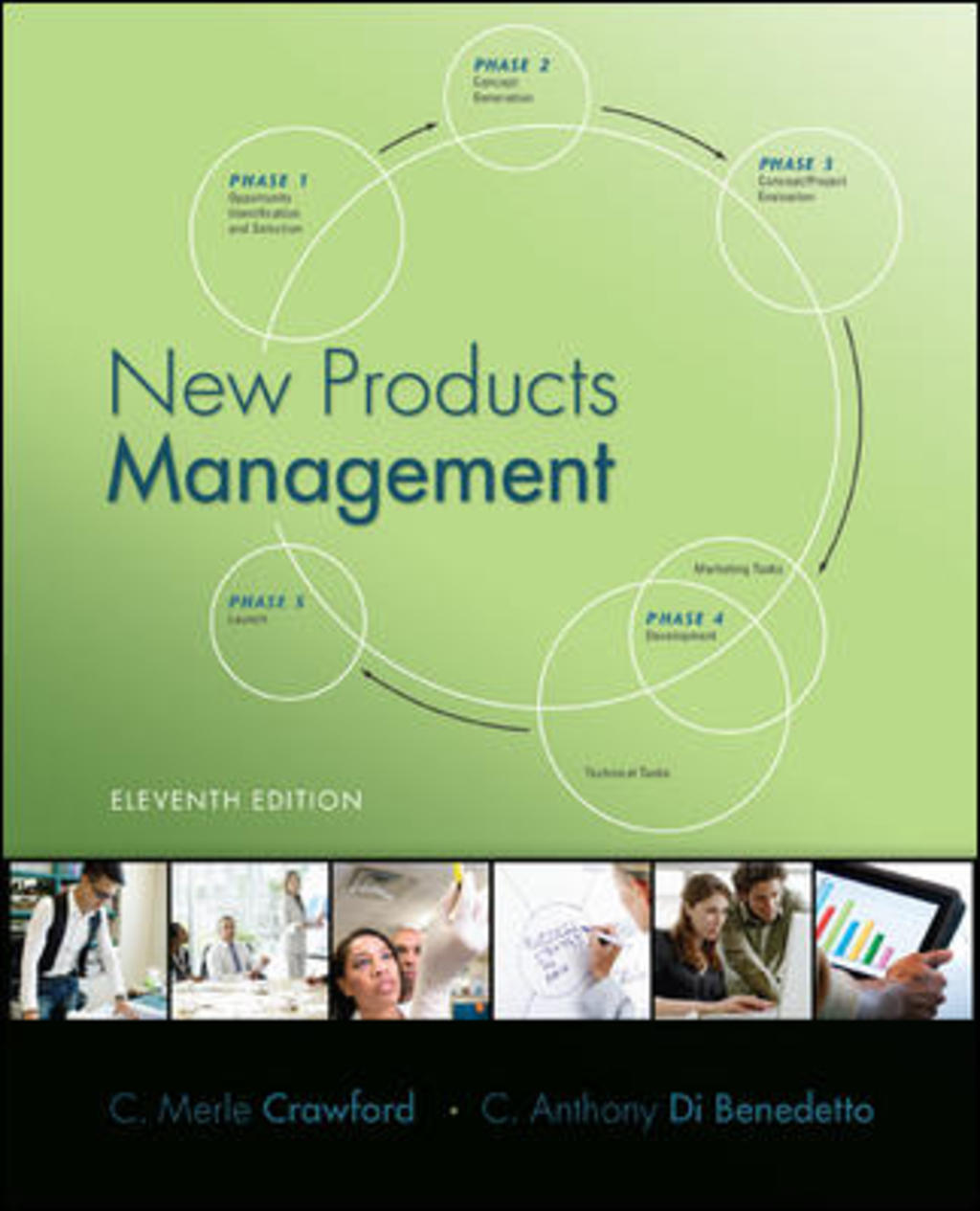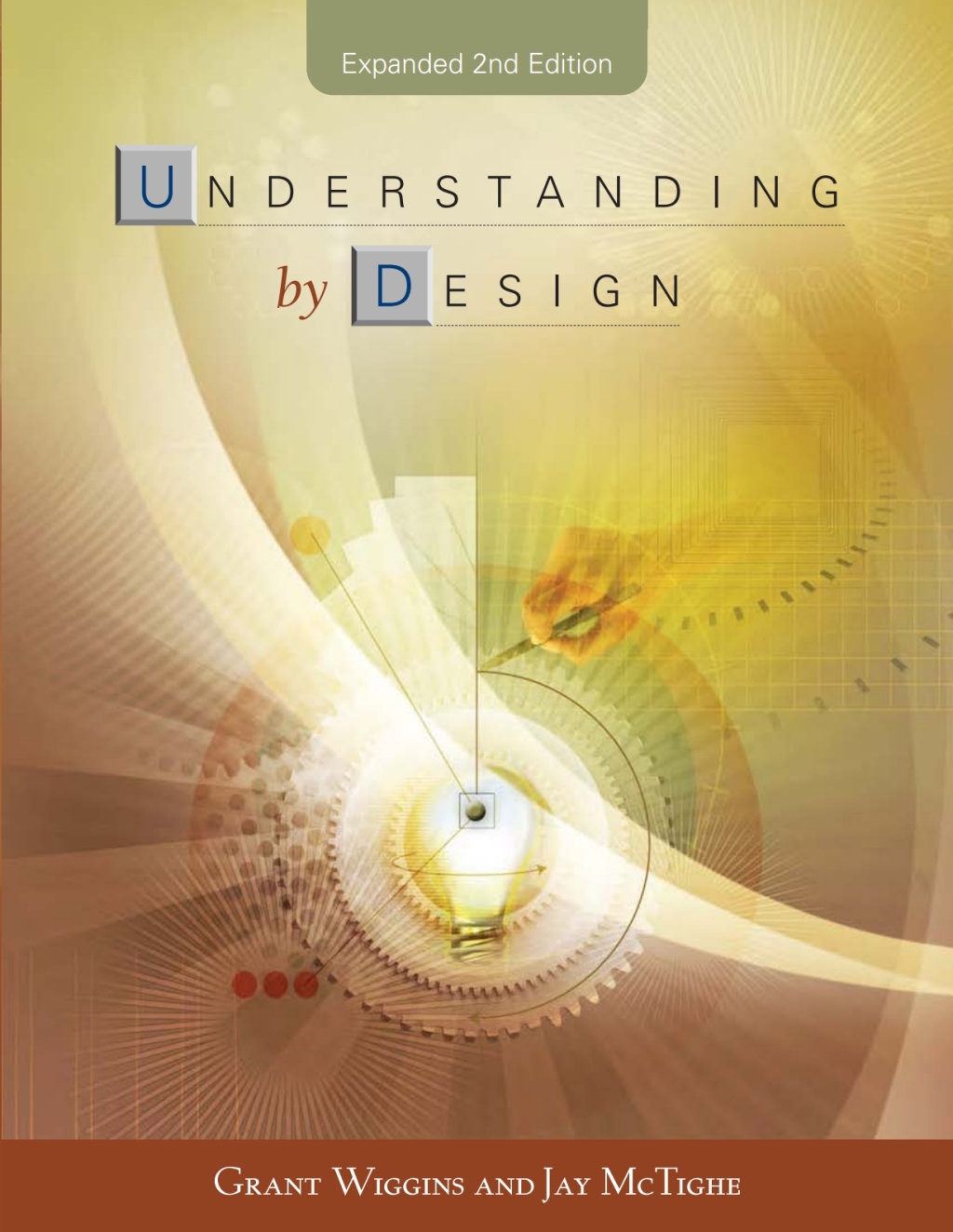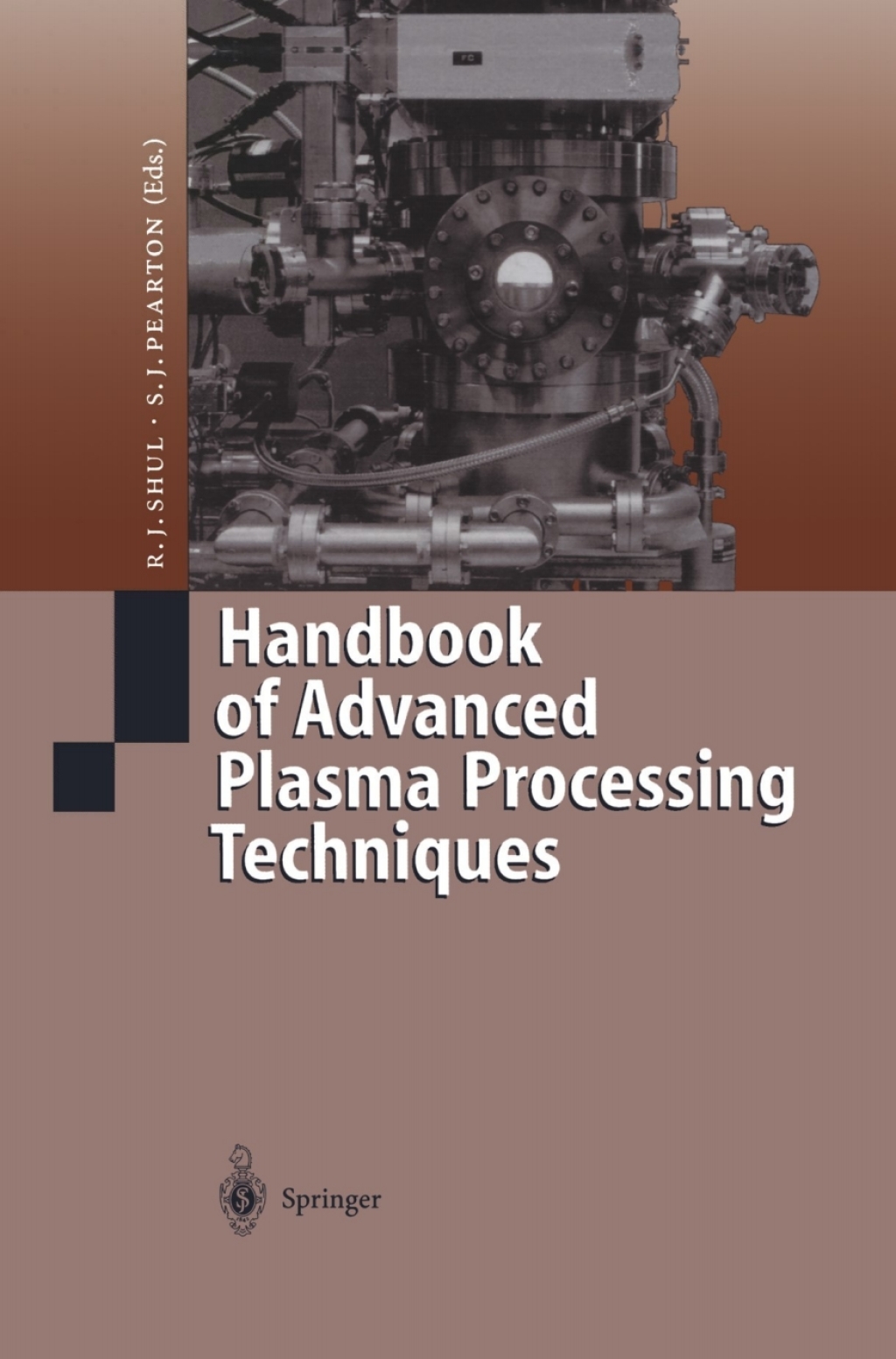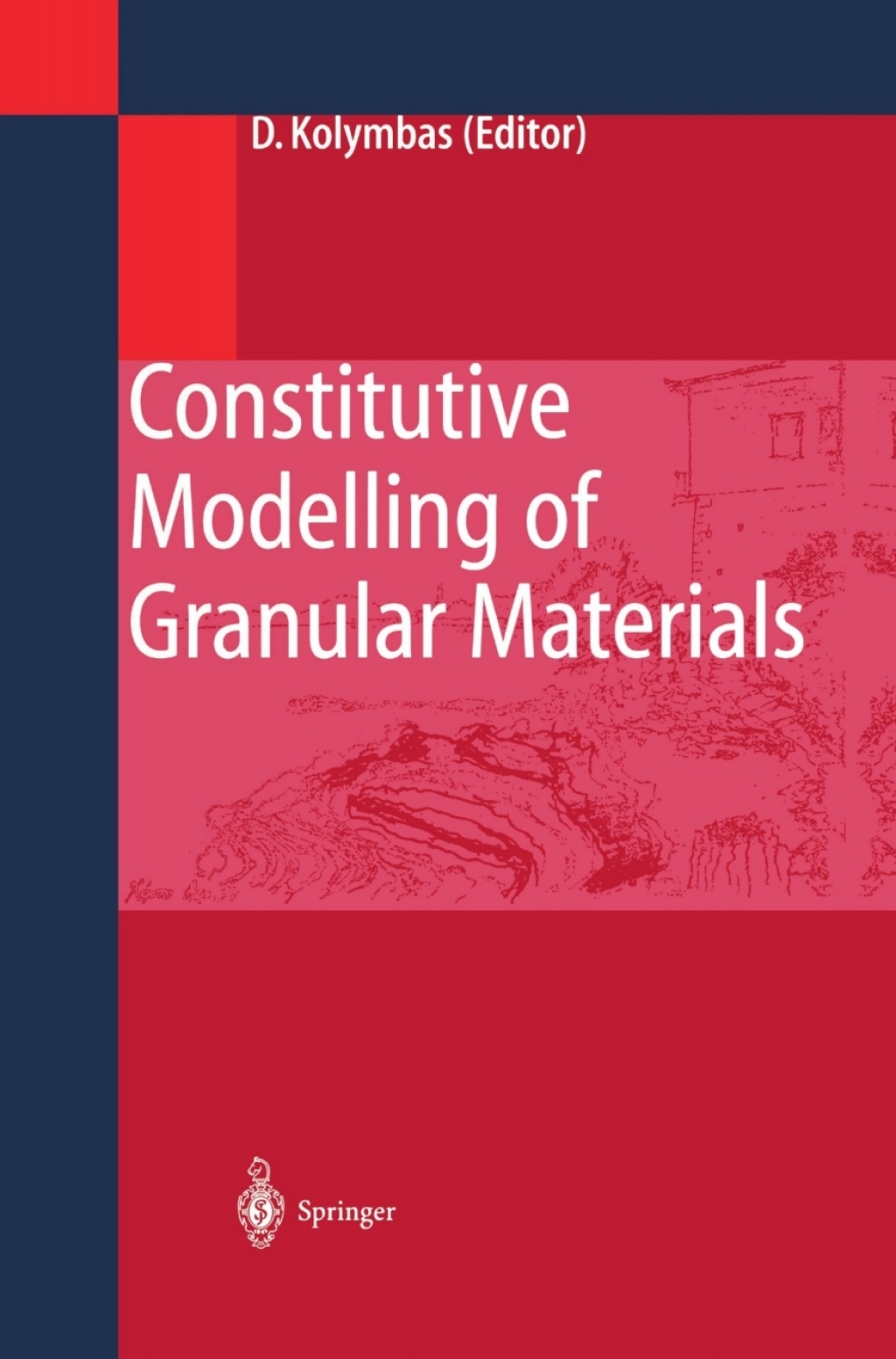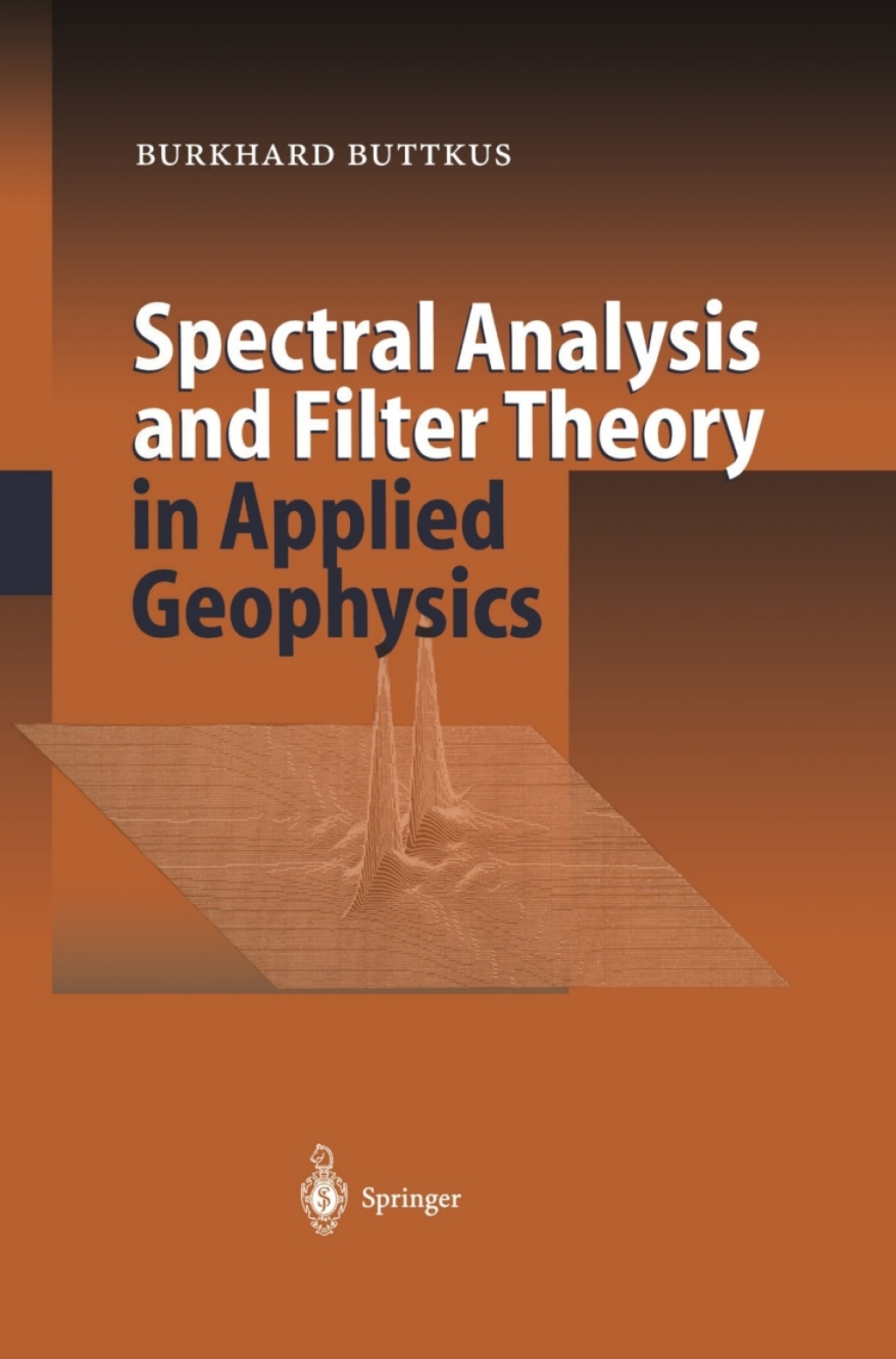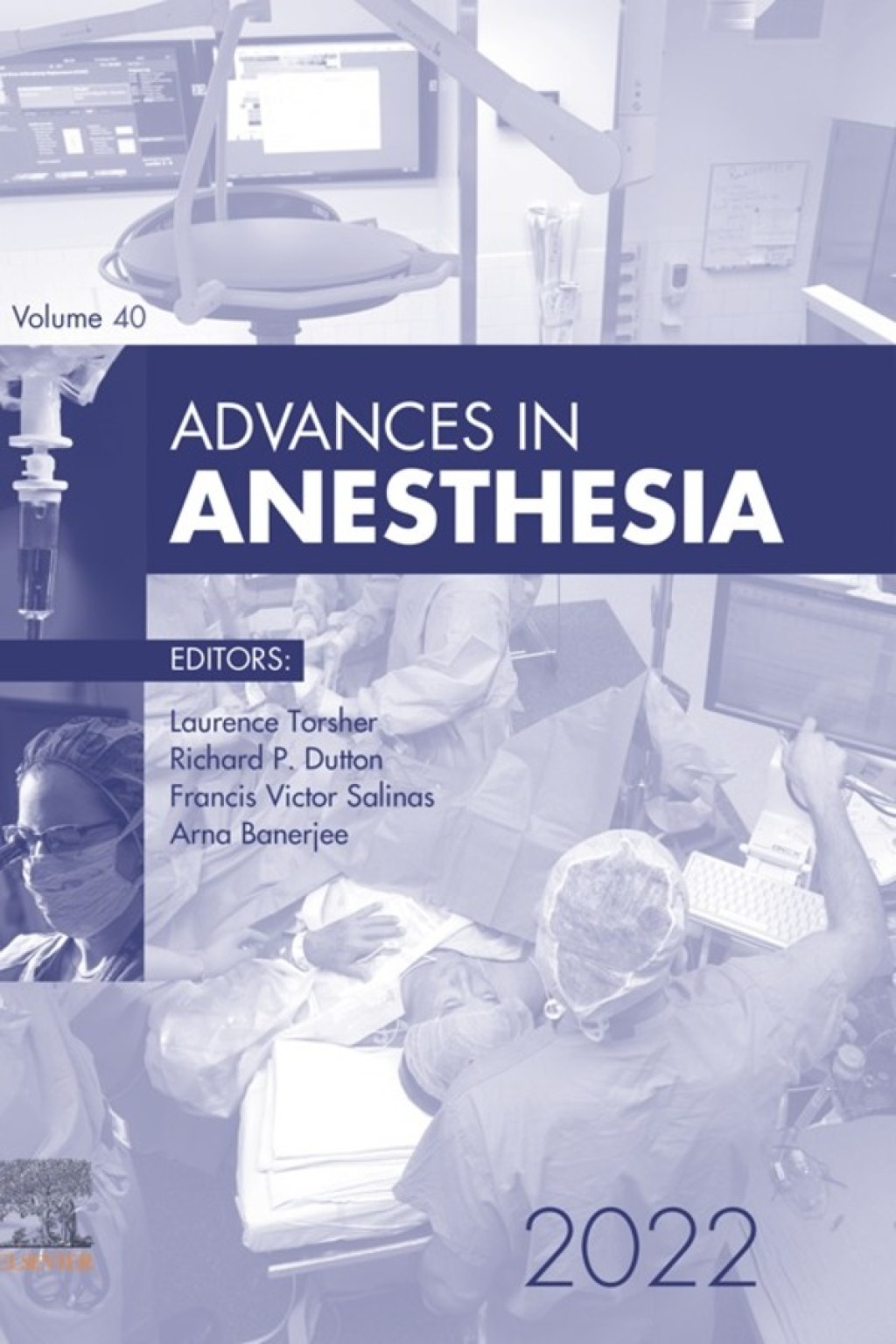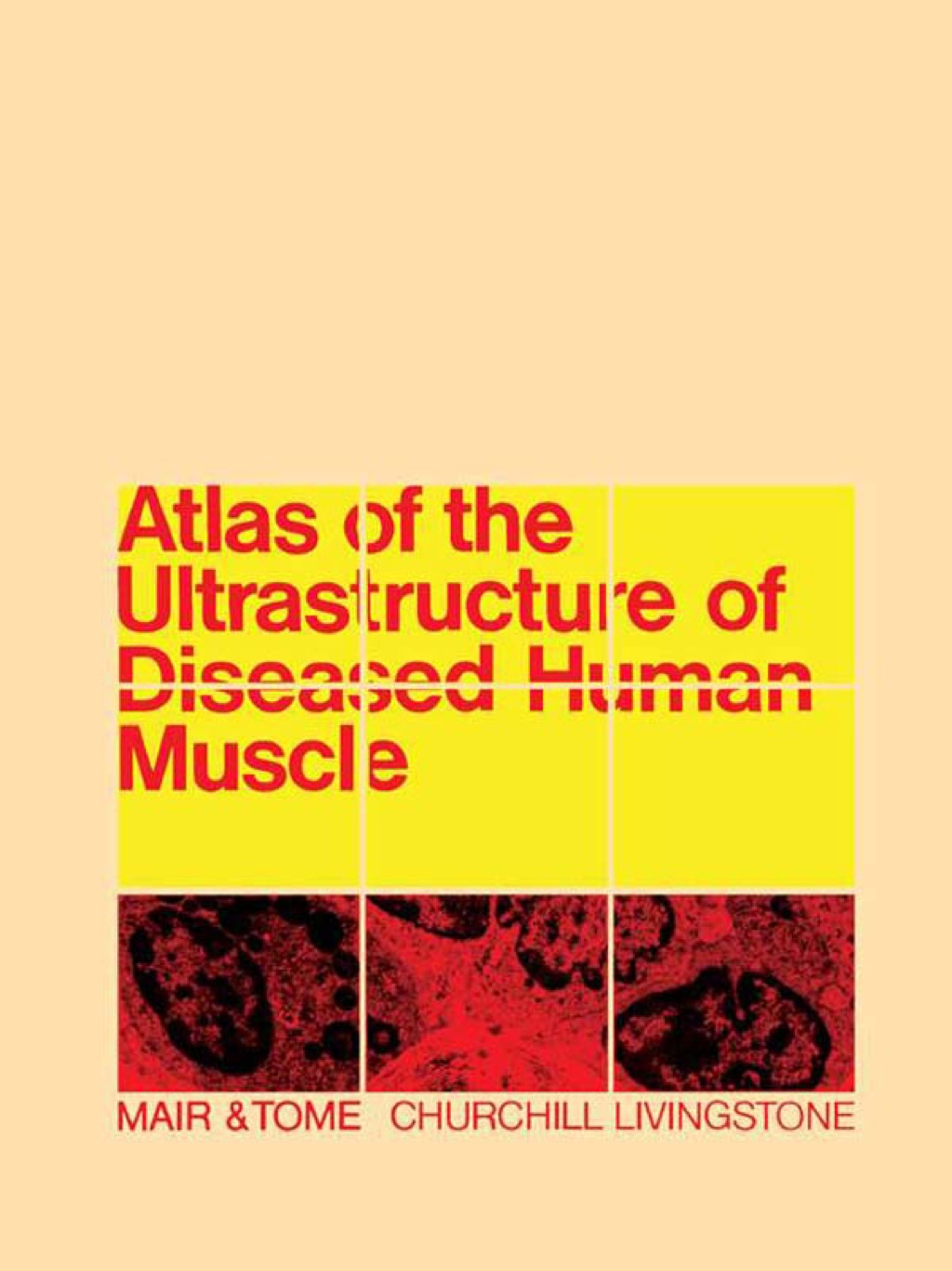Description
This book is intended to be an introduction to the fundamentals and methods of spectral analysis and filter theory and their appli­cations in geophysics. The principles and theoretical basis of the various methods are described, their efficiency and effectiveness eval­uated, and instructions provided for their practical application. Be­sides the conventional methods, newer methods arediscussed, such as the spectral analysis ofrandom processes by fitting models to the ob­served data, maximum-entropy spectral analysis and maximum-like­lihood spectral analysis, the Wiener and Kalman filtering methods, homomorphic deconvolution, and adaptive methods for nonstation­ary processes. Multidimensional spectral analysis and filtering, as well as multichannel filters, are given extensive treatment. The book provides a survey of the state-of-the-art of spectral analysis and fil­ter theory. The importance and possibilities ofspectral analysis and filter theory in geophysics for data acquisition, processing and eval­uation are illustrated with practical examples from various fields of applied geophysics. Although this book was planned primarily as a textbook for a course on the analysis of geophysical time· series, it may also be of interest to scientists and engineers who process other digital data. It provides a comprehensive discussion of the theoretical fundamen­tals and a compilation of the extensive literature on the subject. I hope that I have succeeded in presenting the various principles and methods of time-series analysis comprehensively and without error. Comments on errors or suggestions for improvements are welcome.







